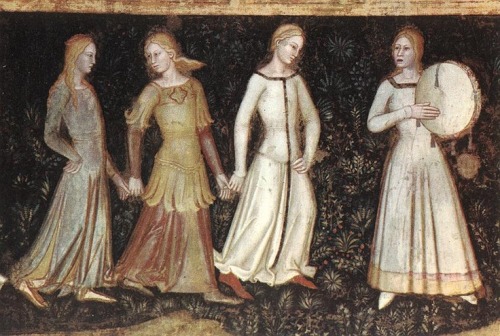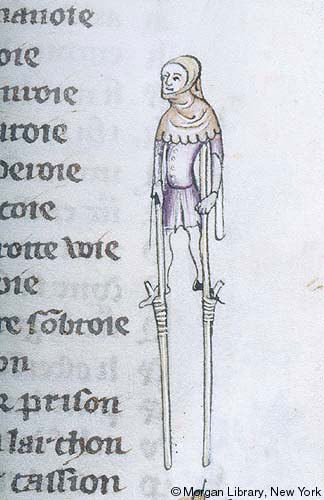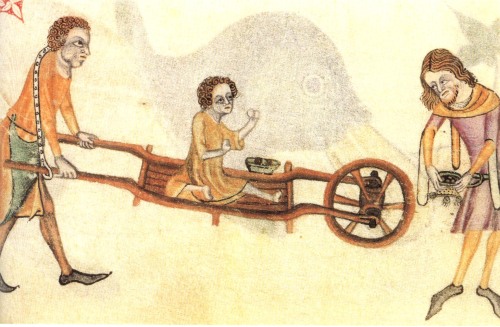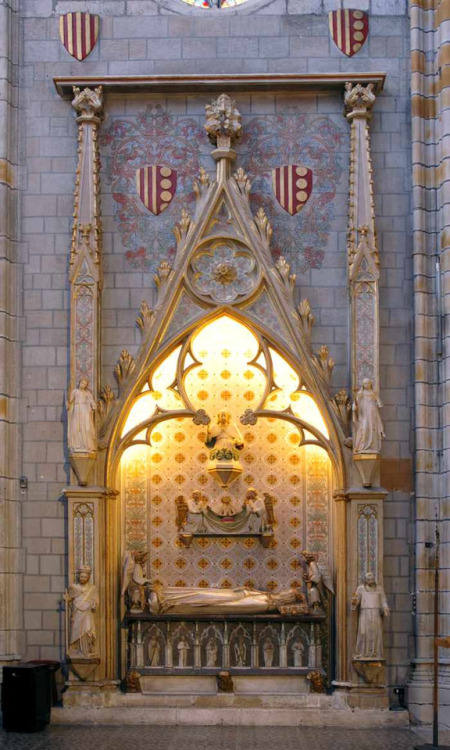#xiv century
The Luttrell Psalter (British Library, Add. MS 42130) is an illuminated manuscript written and illustrated circa 1320–1340 by anonymous scribes and artists
Post link
Tomb of Elisenda de Montcada
Elisenda de Montcada (c. 1292 – 19 June 1364) was queen consort of Aragon as the fourth and last spouse of James II of Aragon. She served as Regentor “Queen-Lieutenant” of Aragon during the absence of her spouse from 1324 until 1327. She was a daughter of Pere II Ramon de MontcadaandElisenda de Pinos. She and James II founded the Monastery of Pedralbes, a Franciscan convent of the Poor Clares. After James II’s death in 1327, Elisenda lived adjacent to the monastery for the remaining 37 years of her life.
Post link
The Palazzo Ducale di Mantova is a group of buildings in Mantua,Lombardy, northern Italy, built between the 14th and the 17th century mainly by the noble family of Gonzagaas their royal residence in the capital of their Duchy. The buildings are connected by corridors and galleries and are enriched by inner courts and wide gardens. The complex includes some 500 rooms and occupies an area of c. 34,000 m2, which make it the sixth largest palace in Europe after the palaces of the Vatican, the Louvre Palace, the Palace of Versailles, the Royal Palace of Caserta and the Castle of Fontainebleau. It has more than 500 rooms and contains 7 gardens and 8 courtyards. Although most famous for Mantegna’s frescos in the Camera degli Sposi, they have many other very significant architectural and painted elements.
The Gonzaga family lived in the palace from 1328 to 1707, when the dynasty died out. Subsequently, the buildings saw a sharp decline, which was halted in the 20th century with a continuing process of restoration and the designation of the area as museum. In 1998, a hidden room was discovered by Palace scholars, led by musicologist Paula Bezzutti. The room is thought to have been used for performances of Monteverdi’s music in the late 16th century.
Post link









